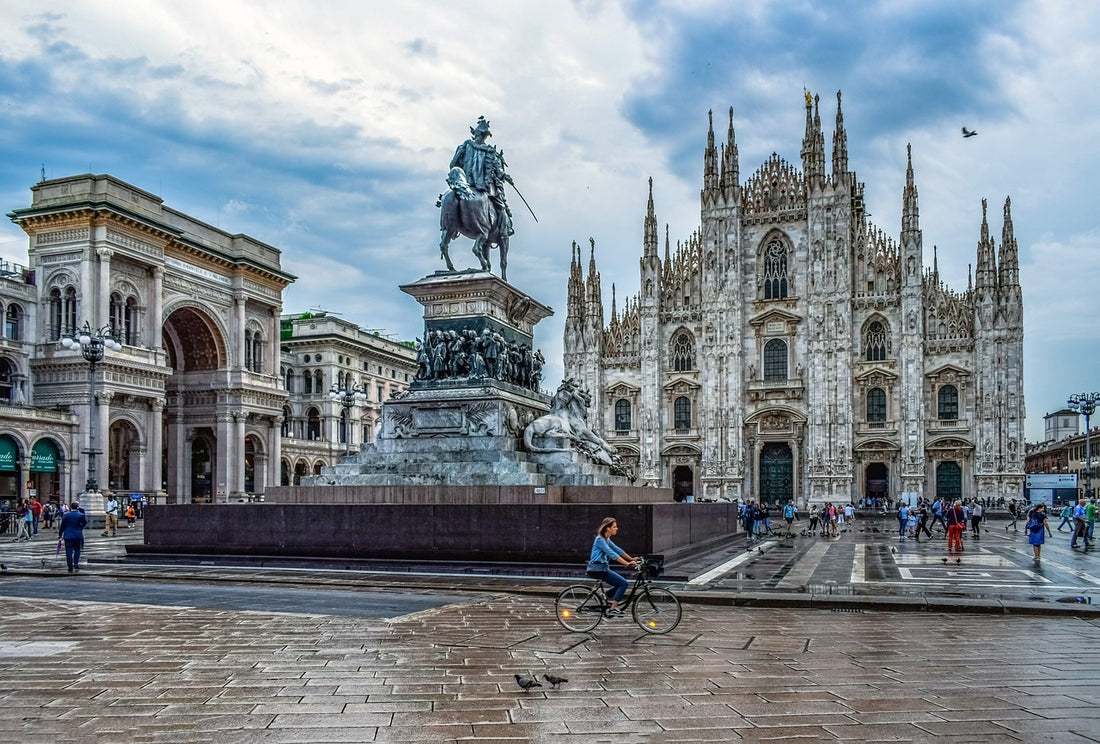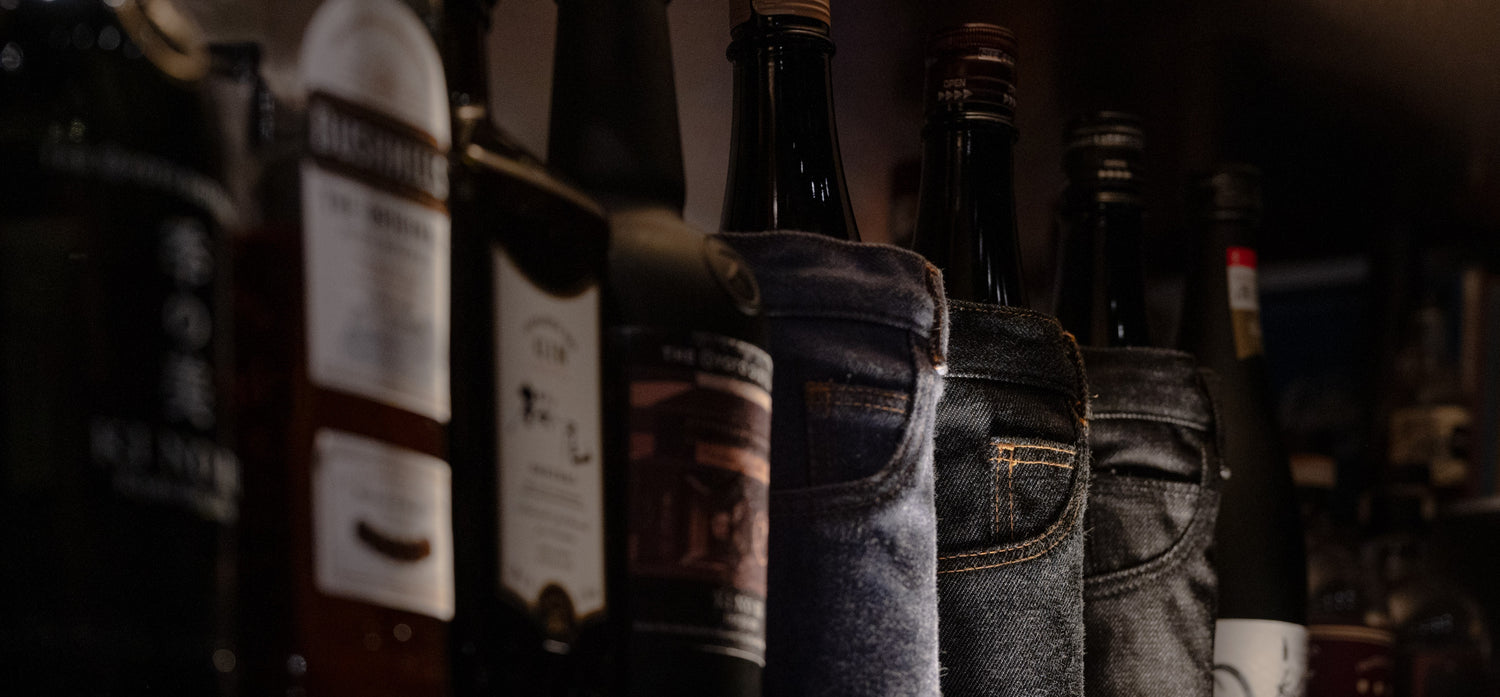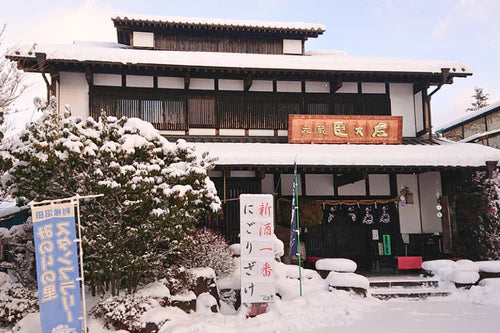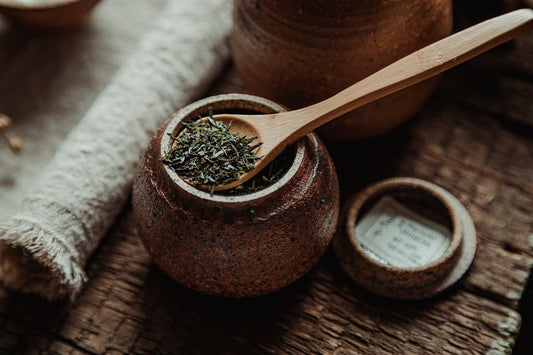In Italy, the traditional Japanese beverage, sake, is gaining significant attention, particularly through cultural and culinary events centered around Milan. The fusion of sake with Italian cuisine is bridging two rich food cultures, creating new and exciting flavor experiences.
This article explores the growing presence of sake in Italy, as seen through the Milano Sake Challenge, and its cultural impact on the Italian culinary landscape.
Growing Popularity in Italy

While sake has long been cherished in Japan, its popularity has steadily grown in other parts of the world, including Italy. This European country, renowned for its wine and rich culinary heritage, has seen an increasing appreciation for sake, particularly in fine dining and cultural events.
Italian chefs and sommeliers have started to explore the versatility of sake, experimenting with pairing it alongside traditional Italian dishes. The rise of sake in Italy represents more than a trend; it signifies a cultural exchange where two distinct culinary traditions meet, offering diners a new and exciting experience.
Events like the Milano Sake Challenge have played a crucial role in this growing recognition, bringing together sake enthusiasts, experts, and novices to explore and celebrate this ancient Japanese beverage.
The Milano Sake Challenge

Source: https://milanosakechallenge.com/pages/press Milano Sake Challenge
Overview of the Event
The Milano Sake Challenge is one of the most prominent events dedicated to Japanese sake in Italy. Established to promote the appreciation and understanding of sake among Italians, this annual event has quickly become a highlight in Milan's culinary calendar.
The event serves as both a competition and a cultural exchange, where sake producers from Japan present their finest brews to a panel of judges, including sommeliers, chefs, and other food and beverage professionals. The history of the Milano Sake Challenge is relatively recent, yet it has already made a significant impact on the Italian culinary scene.
Its primary purpose is to bridge the gap between Japanese and Italian food cultures by showcasing the versatility and depth of sake as a complement to various cuisines.
Key Highlights
The Milano Sake Challenge is not just about competition; it is a celebration of diversity and quality in sake production. During the event, participants have the opportunity to taste a wide array of sake varieties, from the light and fruity to the rich and complex.
These sakes are often categorized based on their polishing ratio, which refers to the degree to which the rice grains are milled before brewing. The more the rice is polished, the cleaner and more refined the sake tends to be.
The event attracts a diverse group of participants, including Japanese sake brewers who bring with them generations of expertise, as well as Italian sommeliers and chefs who are eager to expand their knowledge and incorporate sake into their culinary repertoires.
One of the key roles of the Milano Sake Challenge is to promote sake through competitions. These competitions are not merely about ranking the best sakes but are also educational experiences that help participants understand the nuances of sake tasting, including the importance of aroma, flavor, and texture.
By highlighting these aspects, the event encourages more people to appreciate sake as a sophisticated beverage, on par with wine, and suitable for pairing with a wide range of dishes.
Cultural Exchange and Culinary Integration

Fusion of Japanese and Italian Cuisine
One of the most fascinating outcomes of the Milano Sake Challenge and similar events is the fusion of Japanese and Italian cuisine. Italian chefs have begun to experiment with sake as both an ingredient and a pairing option, leading to the creation of innovative dishes that blend the best of both culinary worlds.
For example, sake's umami-rich profile makes it an excellent companion to Italian seafood dishes, such as “risotto al frutti di mare,” where the sake's subtle sweetness enhances the natural flavors of the seafood. Additionally, the clean and crisp characteristics of certain types of sake can complement the rich and hearty flavors of Italian pasta dishes, creating a harmonious balance that elevates the dining experience.
This fusion is not just about pairing sake with food; it is about integrating sake into the very fabric of Italian cuisine. Chefs have started using sake in marinades, sauces, and even desserts, exploring its potential beyond a mere beverage.
The result is a unique culinary experience that combines the elegance of Japanese flavors with the robust and comforting qualities of Italian cooking. This cross-cultural fusion has opened up new possibilities for both Japanese and Italian cuisines, allowing chefs and diners to explore uncharted territory in flavor and presentation.
Workshops and Tasting Sessions
The educational aspect of the Milano Sake Challenge cannot be overstated. The event features a variety of workshops and tasting sessions designed to deepen participants' understanding of sake. These sessions are often led by sake experts, including master brewers (toji) from Japan, who share their knowledge and passion for sake brewing.
Participants learn about the different types of sake, the brewing process, and the importance of ingredients like water and rice. They also gain insight into the art of sake tasting, which involves not just the palate but also the sense of smell and sight.
Tasting sessions are a central component of these workshops, allowing participants to experience the diverse range of sake flavors firsthand. These sessions often include guided tastings, where experts walk participants through the process of evaluating sake, from the initial aroma to the aftertaste.
Through these experiences, participants develop a greater appreciation for the complexity of sake and its potential as a versatile beverage that can be enjoyed on its own or paired with food. The knowledge gained from these workshops and tastings extends beyond the event, as participants are encouraged to share their experiences and introduce others to the world of sake.
The Impact on the Italian Market

Market Trends
The growing popularity of sake in Italy, driven in part by events like the Milano Sake Challenge, has led to significant changes in the Italian beverage market. In 2023, Italy became the second-largest importer of Japanese sake in Europe, following Germany. Sake, once a niche product available only in select Japanese restaurants, is now becoming more widely available in mainstream Italian markets.
This shift reflects a broader trend of Italians embracing global culinary influences, particularly those from Japan. The demand for sake has been rising steadily, with more Italian consumers seeking out this unique beverage both in restaurants and for home consumption.
This trend is not limited to high-end dining establishments; even casual eateries and bars have started to include sake on their menus, often alongside traditional Italian wines. The versatility of sake, which can be enjoyed warm or chilled, makes it an appealing option for a variety of dining experiences.
Moreover, sake's relatively low alcohol content and smooth flavor profile make it an attractive alternative to stronger spirits, appealing to a broader audience.
Restaurant and Retail Growth
As the popularity of sake continues to grow, so too does its presence in Italian restaurants and retail stores. Many Italian restaurants, particularly those in major cities like Milan, Rome, and Florence, have expanded their beverage offerings to include a selection of sakes, catering to the increasing demand from diners. This expansion is often accompanied by efforts to educate consumers about sake, with sommeliers and staff receiving training on how to recommend and serve sake in a way that enhances the dining experience.
In addition to restaurants, retail stores across Italy have also begun to stock a wider variety of sakes. Specialty wine shops and gourmet food stores are leading the way, offering curated selections of sake that cater to both novices and connoisseurs. This increased availability has made it easier for Italian consumers to explore and enjoy sake at home, further fueling its growth in popularity.
A New Chapter for Sake in Italy’s Culinary Story
The rise of Japanese sake in Italy represents a fascinating cultural and culinary journey, one that has brought together two rich and diverse food traditions. Through events like the Milano Sake Challenge, sake has gained a foothold in Italy, where it is being embraced by chefs, sommeliers, and consumers alike. The fusion of Japanese and Italian cuisine, coupled with the educational efforts of sake experts, has created new opportunities for both countries to learn from and influence each other.

Looking ahead, the future of sake in Italy appears bright. As more people discover the versatility and depth of this ancient Japanese beverage, its integration into Italian cuisine and culture is likely to continue. Whether enjoyed on its own or as part of a carefully crafted pairing, sake has found a new home in Italy, where it is poised to become an enduring part of the country's culinary landscape.





